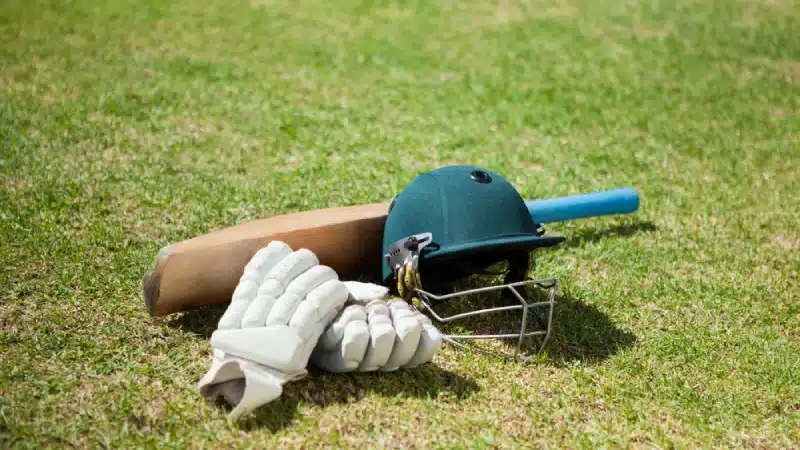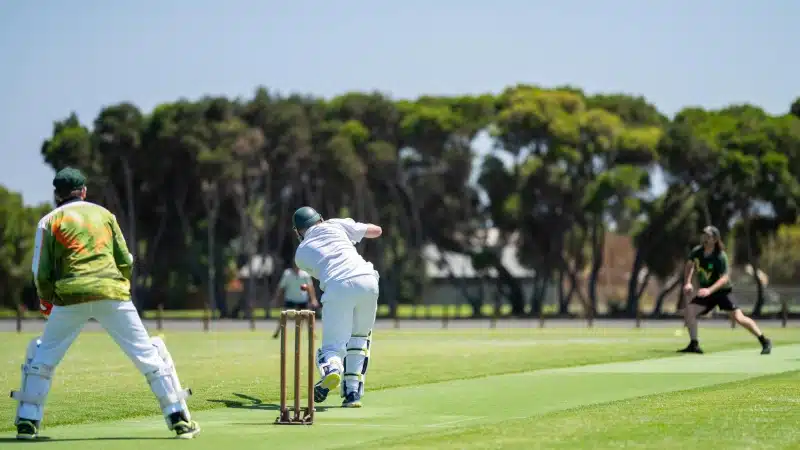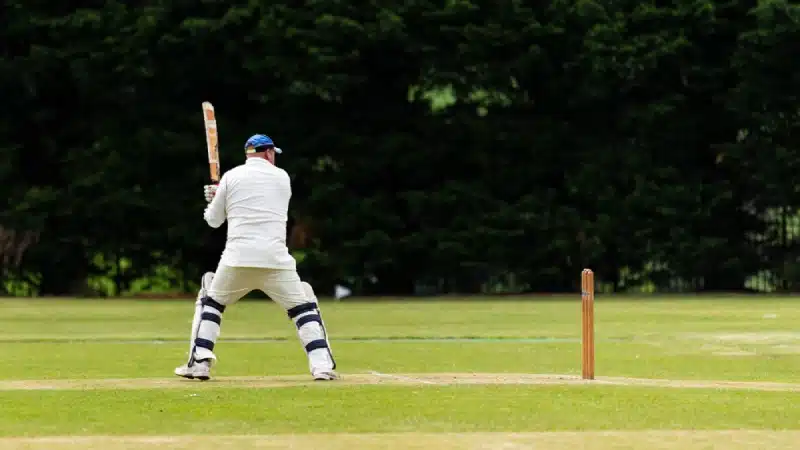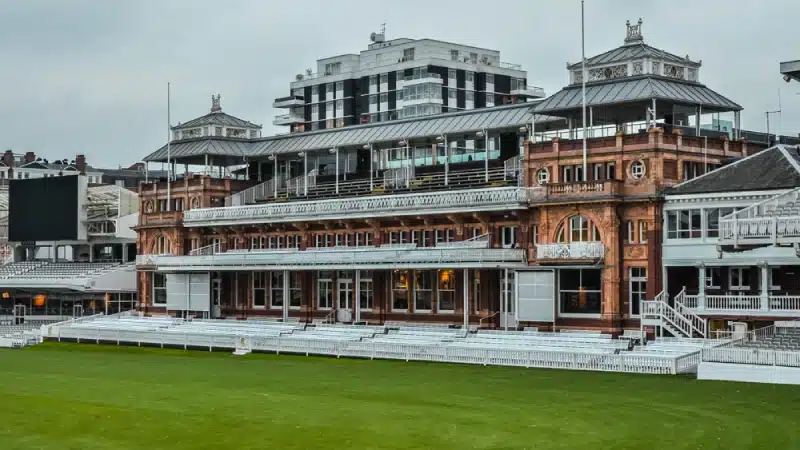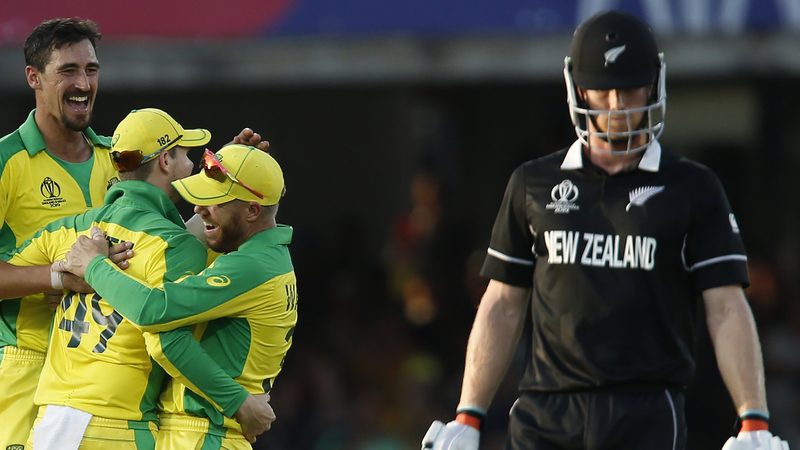
By Sahil Gangurde
The biggest spectacle in international cricket is about the reach its final leg and, the way things have shaped up, all bets are off when it comes to speculating about the eventual winner. There is one condition, though, that has been and could continue to heavily influence the eventual outcome of the games and it has to do with a piece of metal barely a few centimetres in diameter.
A World Cup that saw an exciting opening with some high-quality cricket on display, soon seemed to become more of a paint-by-numbers sort of event where the conditions made winning the toss an essential requirement to winning games.
Read | Chris Gayle’s retirement, the best thing for Windies cricket
To put things in context, the first ten matches of the World Cup had an even contest between bat and ball throughout, with the exactly half the matches being won by the team batting first and the other half by the chasing team. Some of the most interesting moments in this period came in the West Indies and New Zealand’s chases in matches 2 and 3. In both cases, the chasing team had a run-rate above 7.5 and made short work of their target in good batting conditions.
However, the past seven matches at the World Cup have seen more or less one-sided games where the team batting first made use of the conditions and the worn pitch to surge ahead and take the game out of the chasing team’s hands. The nature of the pitches throughout the game has also been inconsistent which has made chasing a difficult proposition.
England managed to beat two of the tournament’s top teams, India and New Zealand, comprehensively during this period and the latter game saw only one Kiwi batsman even going past a half-century. The average second innings run-rate in this period too has dropped heavily with teams barely even managing to cross the 6 runs-per-over mark.
Read | The 'Root' cause of English resurgence
On all occasions except one, the team winning the toss decided to bat first on their way to victory. The only exception was Match 39 where West Indies chose to field first and ended up paying the price as their bowlers got taken to the cleaners by the Sri Lankan batsmen and conceded 338 runs; the only occasion where the Lankans managed to cross 300 in the entire 2019 World Cup.
The first semi-final is slated to be played at Old Trafford in Manchester where India last thrashed West Indies by 125 runs in a one-sided affair, the second at Edgbaston, Birmingham where India won their last game setting a total but lost while they were chasing, and the final is going to be played at Lord’s where the team batting first has won all three matches in their World Cup, each time by increasing margins as the pitches saw more use.
These statistics point to one very obvious and somewhat alarming conclusion. On the less than fresh English wickets, under overcast and possibly damp conditions, the contests between four of the best teams in the world could be decided before a single ball is bowled.
Feature image courtesy: AFP Photo/ Ian Kington












